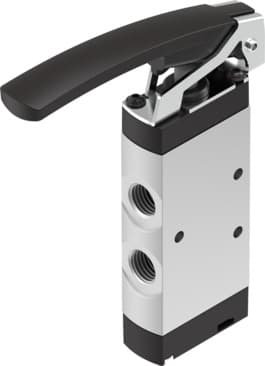Pneumatic Valves & Valve Manifolds on Powermatic Associates

Pneumatic Valves & Valve Manifolds
Valve manifolds and pneumatic valves are essential elements in automated systems, managing the power, speed, and movement direction in pneumatic systems. They control pressure and airflow, guaranteeing efficient functioning in various industries. There are different types of valve manifolds, providing advantages such as streamlined air distribution and saving space. Routine maintenance is crucial for achieving the best performance.





















